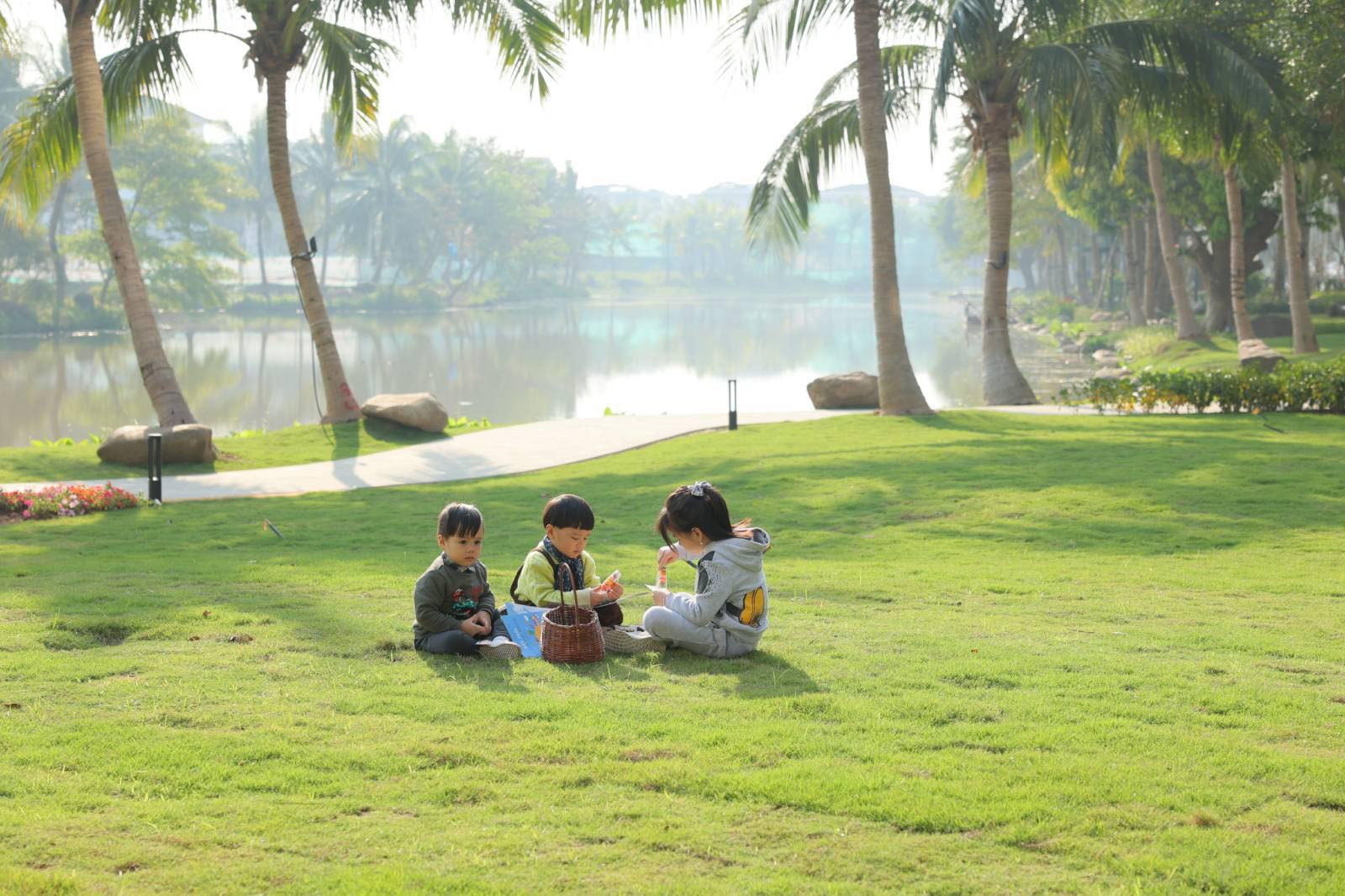
In 2010 and 2011, amid the strong development of the real estate market, Vietnamese began familiarizing themselves with the concept of green works.
Nguyen Trung Kien, deputy chair of IBPSA Vietnam (International Building Performance Simulation Association – Vietnam), said the real estate market, however, fell into a crisis and the green movement lost momentum.
But in the last two to three years, the concept has once again caught the community’s attention. This is explained by the government's international pledge to reduce net emissions to zero by 2050.
The major driving forces for the development of green works include: a commitment by businesses to develop a global sustainable strategy; demand to develop products abroad, targeting international markets with the same commitment for sustainable development; and promotion of real estate brands in Vietnam and abroad.
An IFC (International Finance Corporation) report showed that more than 9.7 million sqm of GFA (gross floor area) had met requirements to be recognized as green works and more than 26,000 apartments and 396 works had received green certificates. Of these, 39 percent of projects obtaining green work certificates were housing products, while 34.12 percent were industrial zones.
According to IFC’s Vu Hong Phong, 15 million sq m of GFA will obtain green work certificates this year, with the proportion of 29.6 percent for industial zones and 20.68 percent for housing.
Vuong Quan Ngoc from FPT Digital said realtors now tend to develop green and smart industrial zones. Green transition is a must to satisfy the requirements set by parties in the global supply chain.
Many international clients set requirements on green supply chains as prescribed by global companies, while strategic investors pay attention to greenness and sustainability of the businesses they invest in.
Developing green real estate helps attract and retain clients, and optimizes operation as industrial zones can take full advantage of resources, fuel and integrated technology.
Affordable real estate rents are a great advantage in Vietnam in attracting foreign investments. Local authorities always pay attention to developing industrial land areas, because this is a potential resource to boost local GDP.
A recent report found that the real estate rent in Indonesia was 1.5 times higher than in Vietnam, while Malaysia’s was 1.75 times higher.
However, Vietnam’s attractiveness to foreign investors was still lower than some other countries. Many textile and garment companies have relocated their factories to Bangladesh. Ngoc has heard that a footwear company is considering relocating its workshop from Binh Duong province in Vietnam to Bangladesh.
Standards for ‘green’
The most common green certificates in Vietnam include EDGE (IFC), LEED (the US), Green Mark (Singapore) and Lotus (Vietnam).
EDGE, the green building certification system, is present in 170 countries, and focuses on three main construction works – energy use, water use, and material use for environmental protection.
EDGE is accepted by many international green financial criteria. EDGE is a reasonable approach for new investors who want to borrow capital from green financial sources for sustainable development, according to Kien.
With its IFC green building certificate, BIM Land can easily issue international green bonds worth $200 million at Singaporean Stock Exchange. Most recently, IFC invested $150 million in the company by buying bonds in Vietnam dong, the first deal implemented in local currency in Vietnam.
Businesses and multinationals also have chosen LEED, a US standard accepted globally, especially when exporting products to the US and European markets.
A report by IFC on the market share of green works in Vietnam showed that by December 2023, the number with EDGE certificates accounted for 39 percent, LEED 35 percent, Green Mark 20 percent, and other certificates 6 percent.
In the first two months of 2024 alone, 5 million sq m had registered for LEED certification, approximately the total figure of the last three years.
Binh Minh